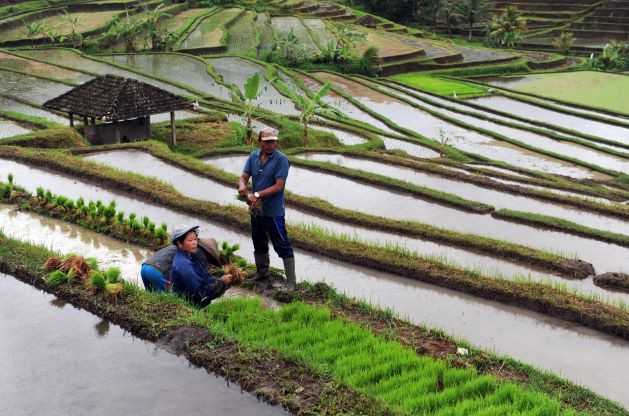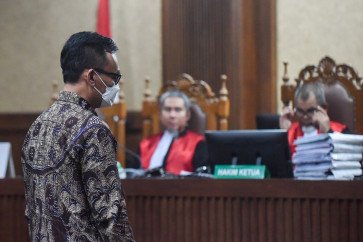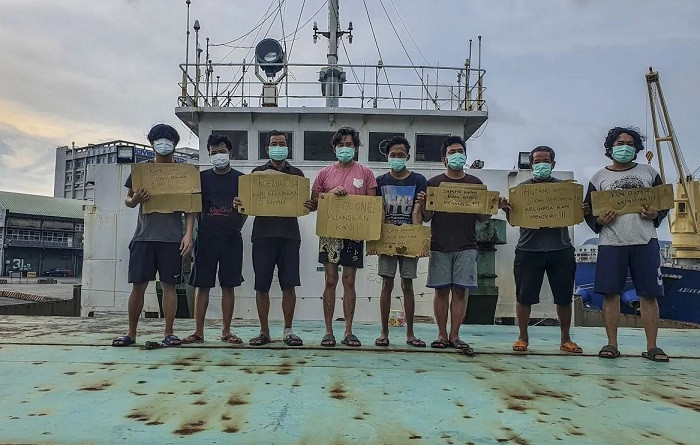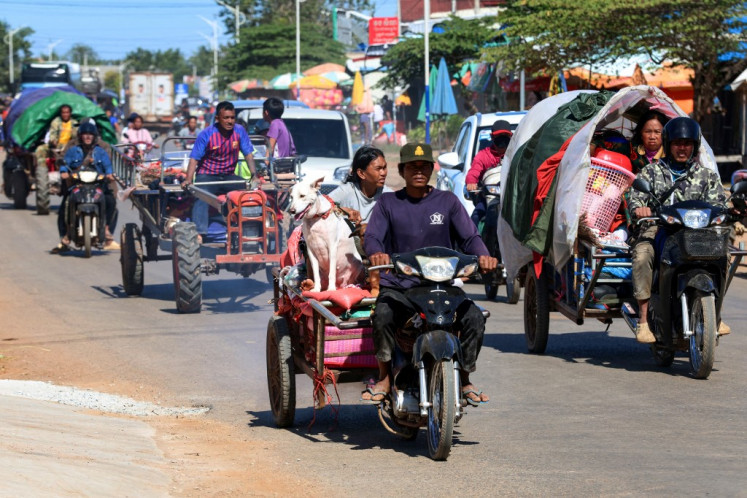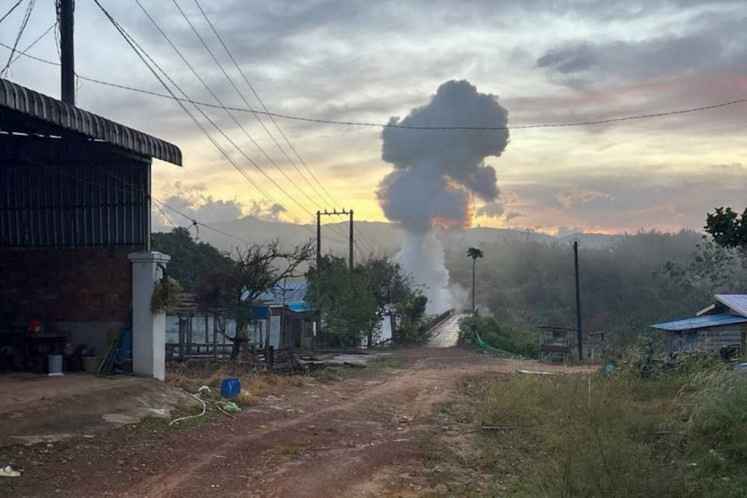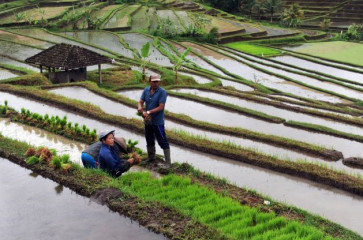Popular Reads
Top Results
Can't find what you're looking for?
View all search resultsPopular Reads
Top Results
Can't find what you're looking for?
View all search resultsHeritage agriculture as a climate solution
Around the world, communities have developed agricultural systems born from hardship that have endured for centuries.
Change text size
Gift Premium Articles
to Anyone
I
n the 18th century, a series of volcanic eruptions turned the fertile fields of Lanzarote, the easternmost of Spain’s Canary Islands, into a desert of black ash. Instead of abandoning the land, farmers adapted. They carved hollows in the volcanic gravel to guard their crops from wind and layered them with fine ash to capture moisture and enrich the soil.
Generations later, the same techniques sustain Lanzarote’s vineyards, producing grapes with minimal irrigation in one of Europe’s driest regions and showing that traditional knowledge can be a powerful tool for climate resilience.
Lanzarote’s story is not unique. Around the world, communities have developed similar systems – innovations born from hardship that have endured for centuries. The Food and Agriculture Organization of the United Nations (FAO) recognizes 102 of them as Globally Important Agricultural Heritage Systems (GIAHS).
As the world scrambles for climate solutions, they are a resource hiding in plain sight. From rice terraces to traditional fisheries and agroforestry landscapes, these heritage practices show that adaptation is rooted in generational knowledge that has conserved biodiversity and sustained the land for centuries, offering lessons no high-tech fix alone can provide. Looking back is essential to moving forward on climate adaptation.
One of the clearest examples lies in Mexico City’s ancient chinampas, the floating fields of Xochimilco. For more than a thousand years, farmers have built small plots on shallow lakebeds, cultivating mixed crops that yield reliable harvests under challenging conditions. The canals that weave between the fields support aquatic biodiversity, buffer floods and supply food to local communities, while also anchoring a vibrant ecotourism economy.
The system has evolved over centuries, and continues to thrive in one of the most populated cities in the world, despite the threat of urbanization and the climate crisis. The chinampas show how agricultural heritage can support food security and livelihoods while protecting ecosystems – a living model of innovation rather than a relic of the past.
In northern China, the Aohan Dryland Farming System, which has sustained communities for more than 7,500 years, offers another example. On land where water is scarce, farmers rotate food staples with soil-enriching cover plants and grow trees and tall grasses into windbreaks to protect the soil from erosion. They also use pinpoint irrigation techniques that “train” crops to conserve water.

